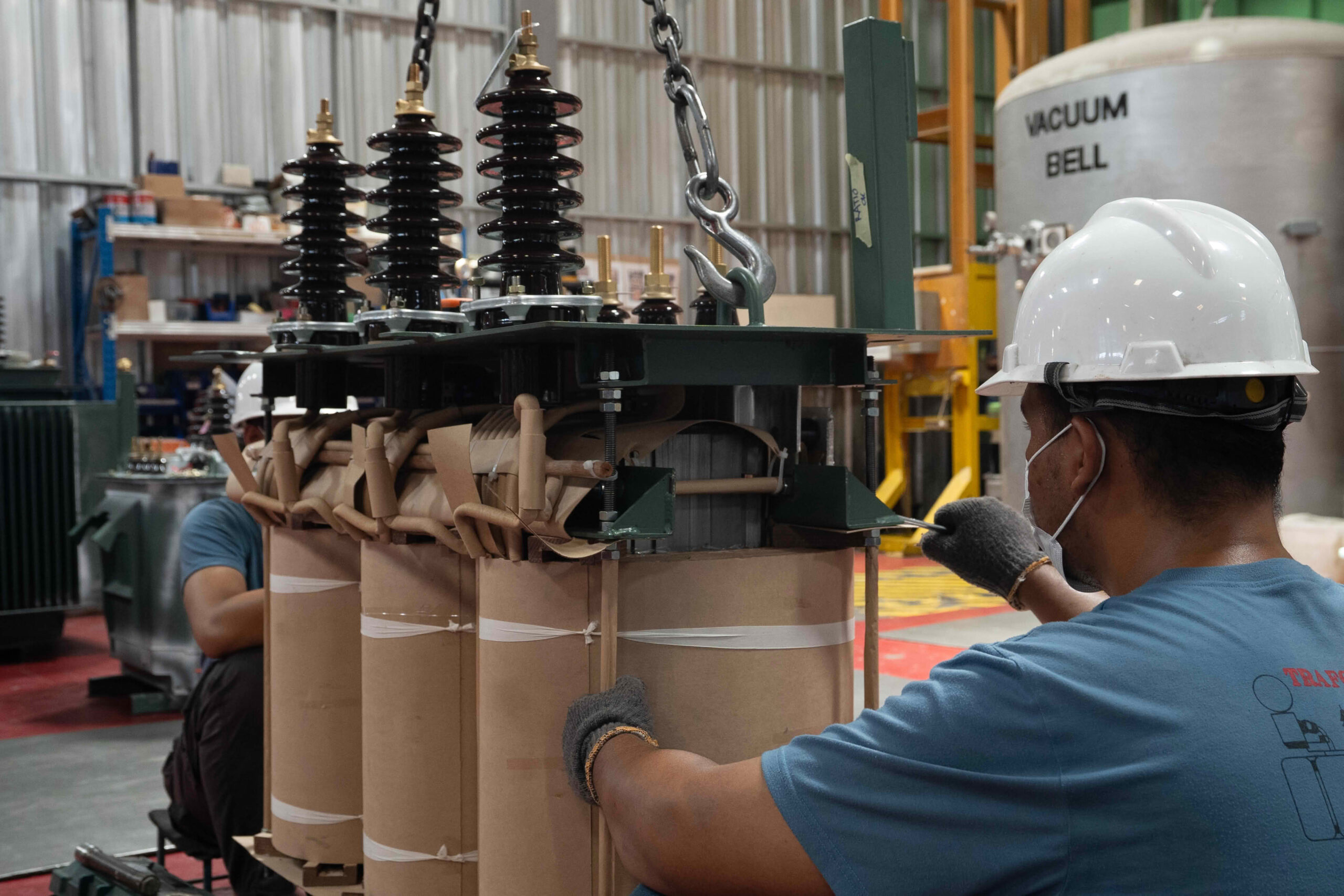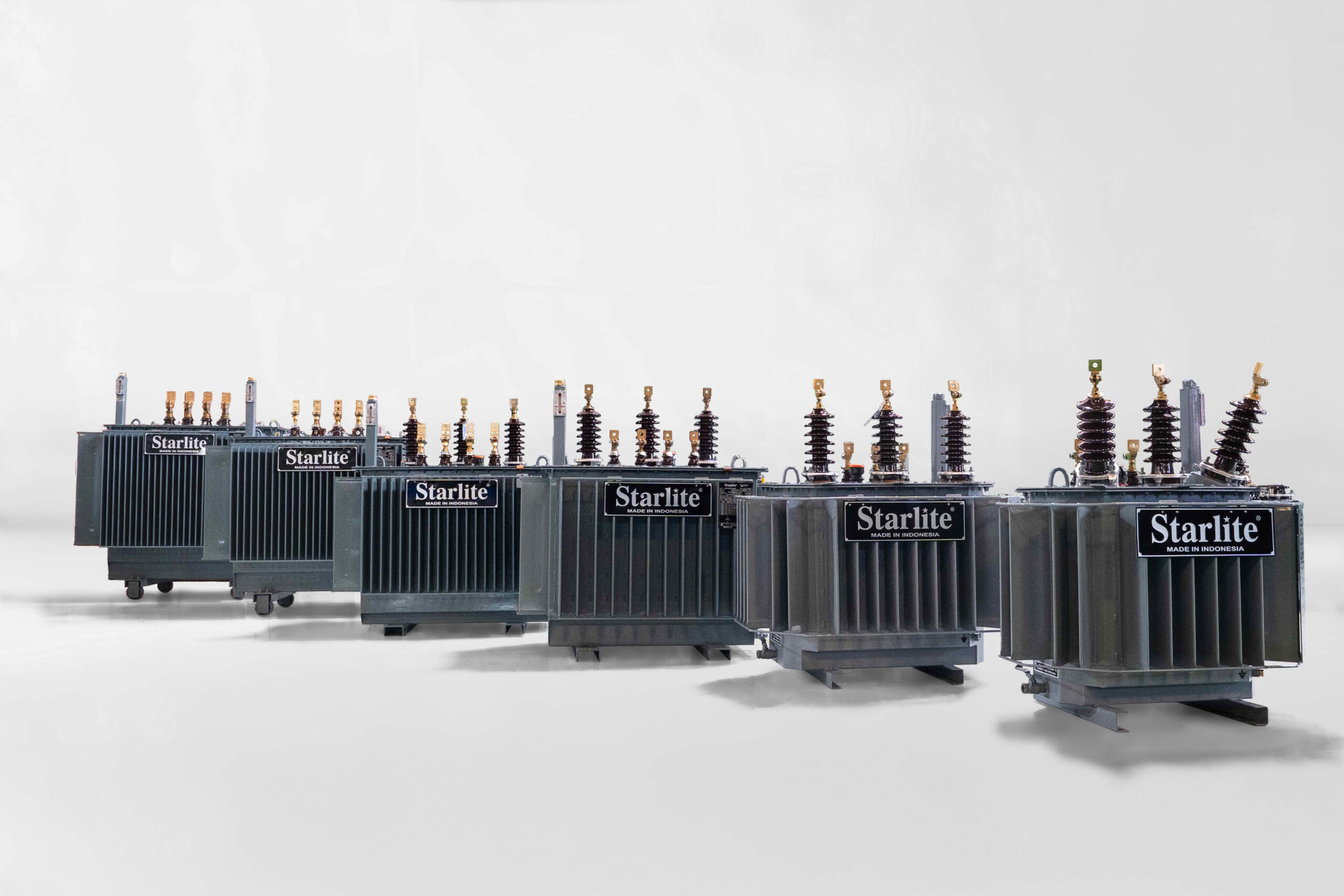26 April 2025
Understanding Distribution Transformers: The Backbone of Local Power Delivery
Distribution transformers are an essential element of the electrical power infrastructure, serving as the critical link between high-voltage transmission networks and low-voltage end-user delivery. These transformers step down voltage levels from typically 11–33 kV to the 400/230 V range required for residential, commercial, and light industrial applications.
Unlike power transformers used in bulk transmission, distribution transformers are designed for maximum efficiency under lower load conditions. They are typically installed on utility poles, in ground-mounted kiosks, or on platforms in substations close to the point of consumption. Key design considerations include low no-load losses, compact form factor, and high reliability with minimal maintenance.
In emerging markets like Indonesia, the role of distribution transformers becomes increasingly vital in electrification initiatives, particularly in rural and remote regions. With rising energy demands and grid modernization efforts underway, ensuring the availability of high-quality, efficient distribution transformers is paramount to sustainable development and energy equity.
At Asata Utama, we recognize the critical role distribution transformers play and are committed to delivering units that meet rigorous standards for performance, safety, and durability.
Other News
Read All News
26 April 2025
Transformers in The Renewable Energy Landscape: Enabling a Flexible, Green Grid

26 April 2025
Sustainability in Transformer Technology: Reducing Impact, Enhancing Efficiency

26 April 2025
 ENGLISH
ENGLISH 